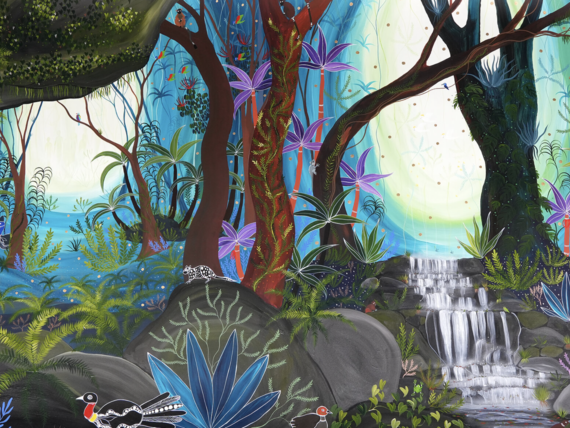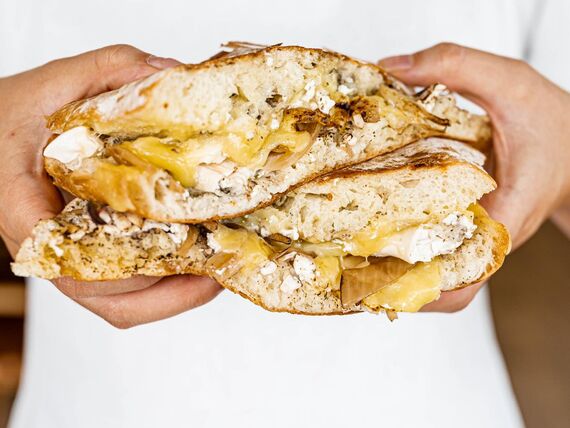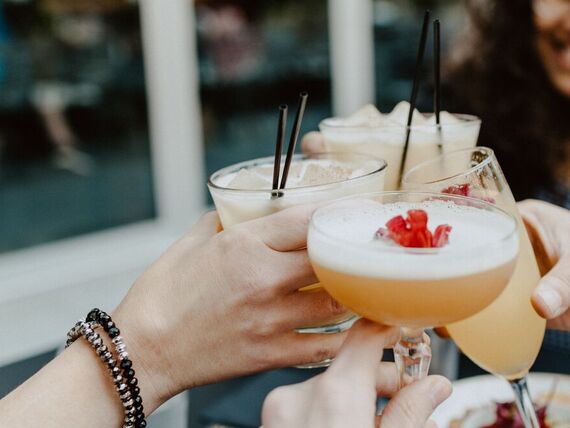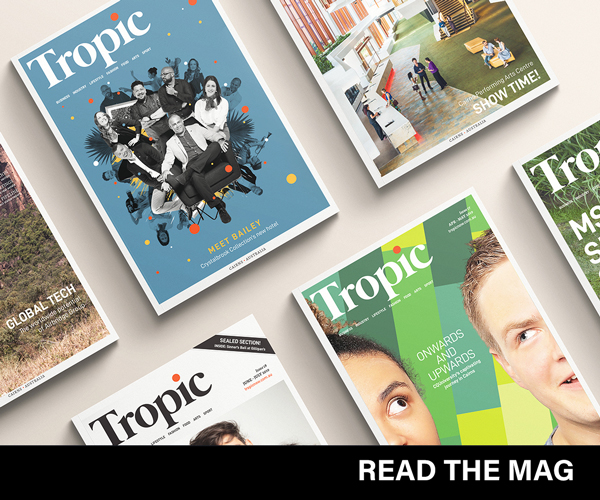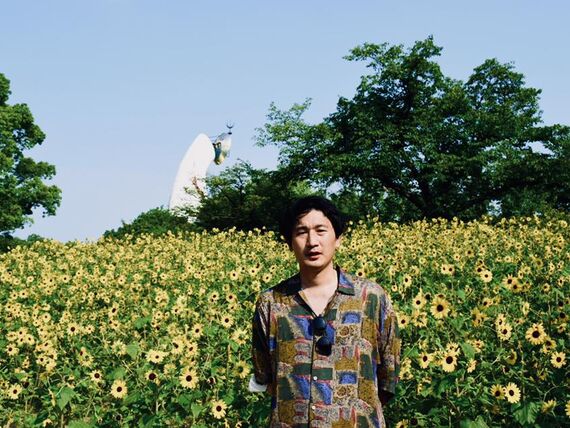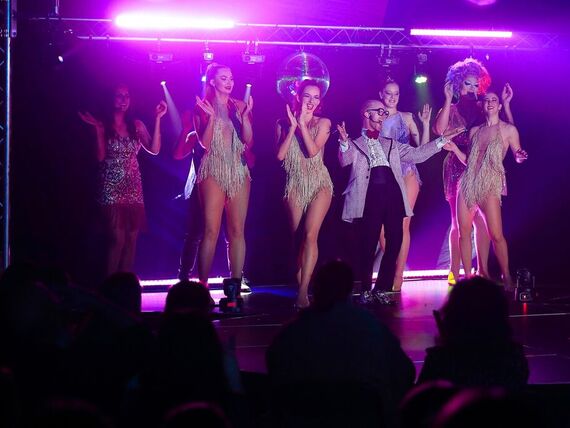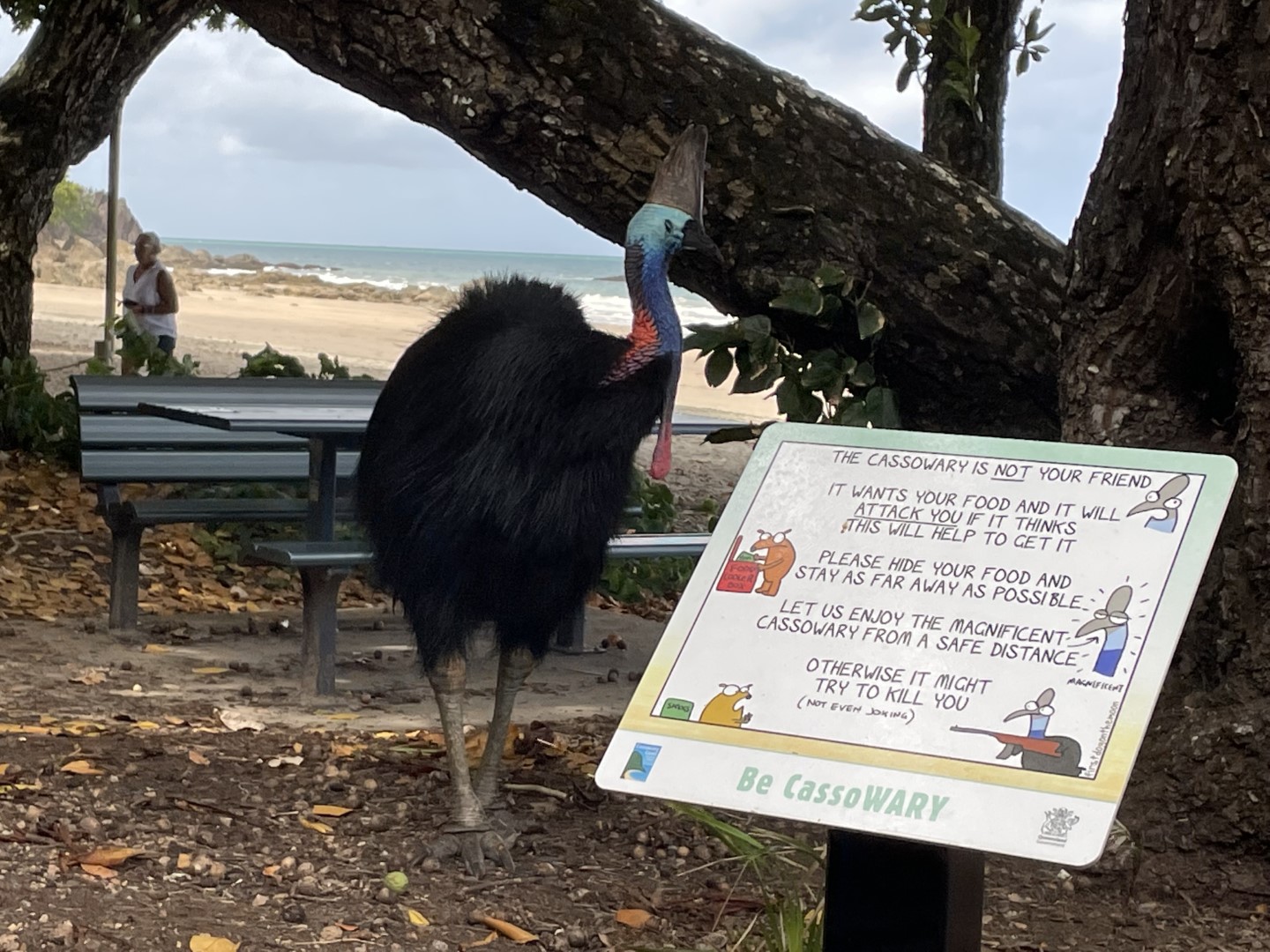
##MP##
The new cassowary warning signs at Etty Bay were a light-hearted approach to safety around the endangered birds.
But a local cassowary has proved they were spot on.
The signs are the work of award-winning political cartoonist Andrew Marlton, who created First Dog On The Moon, a regular feature in Guardian Australia.
Snitty the cartoon cassowary is a regular character, and he features in the recently installed educational signs at Etty Bay.
##BA##
The signs use a comical approach to educate visitors on how to act around cassowaries.
Michael Joyce, from the Department of Environment and Science, said one local cassowary did exactly what one of the signs predicted.
“Recently, our officers were at Etty Bay to inspect the new signs installed by Cassowary Coast Regional Council.
“In a case of cassowary life imitating art, an adult bird wandered up to the visitor area where the signs were and appeared to inspect the signs.
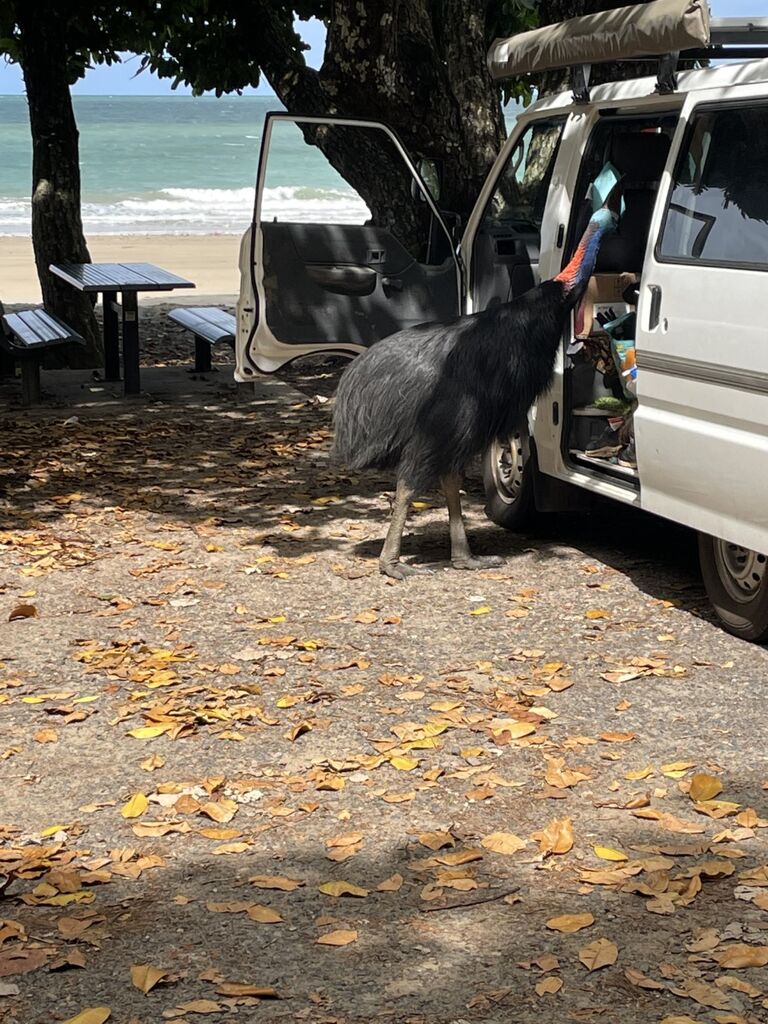
“One of them states ‘it will climb in your van and eat your food’.
“The animal then walked over to an open van and stuck its head in the door, looking for food.
##PQ##
Mr Joyce said a small population of cassowaries has been hanging around the Etty Bay area for several months, approaching people for food.
“Cassowaries are large, powerful birds, often disrupting a picnic lunch and forcing people to abandon the picnic blankets while the birds peck at their food.
“The Department of Environment and Science believes this population of cassowaries has been deliberately or inadvertently fed.
“In the past year, wildlife officers have responded to a number of incidents where cassowaries have been hit by vehicles in the Etty Bay area, and we have reports about cassowaries attacking their reflections in vehicle windows.”
Mr Joyce said these incidents had led to the new education signs being installed in the area.
Cassowaries are usually shy birds that live deep in the rainforest, eating fruits of native trees.
They’re the gardener of the rainforests, dispersing seeds and propagating new trees.
But they will hang around areas where they’re being fed, making them vulnerable to vehicle strikes, dog attacks, and negative human interactions.
Mr Joyce said there are only about 4,000 cassowaries left in the wild, and every bird is vital to the survival of the species.
“Seeing a cassowary in the wild is amazing, and they truly are magnificent birds, but they are best left alone and they don’t need to be fed.
“They have evolved over millions of years to feast on rainforest fruits, and we hope people can secure their food, so this small population feeds only on native fruit, not food meant for humans.”
Main points
- Etty Bay cassowary proves new warning signs are spot on
- It went into a parked van looking for food
- DES says feeding cassowaries puts them in danger


